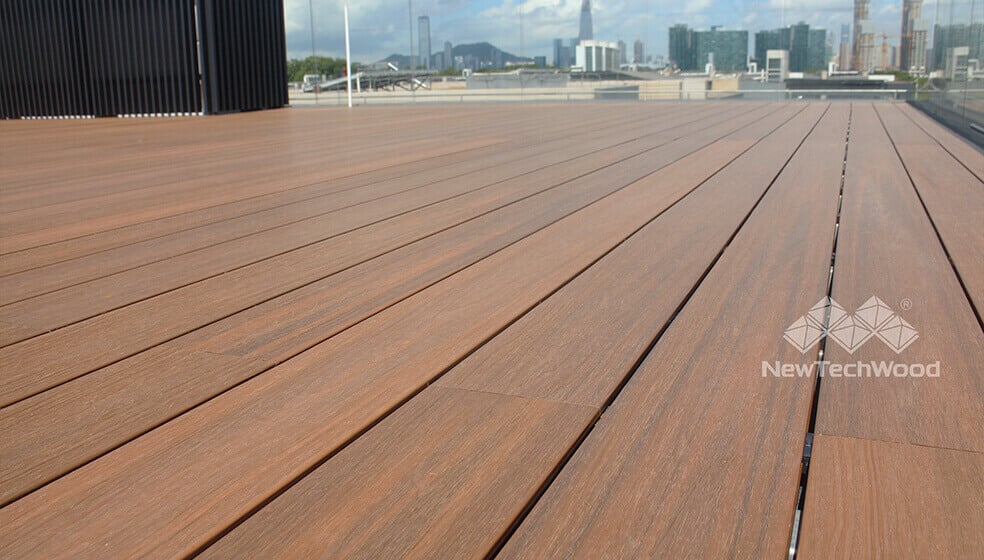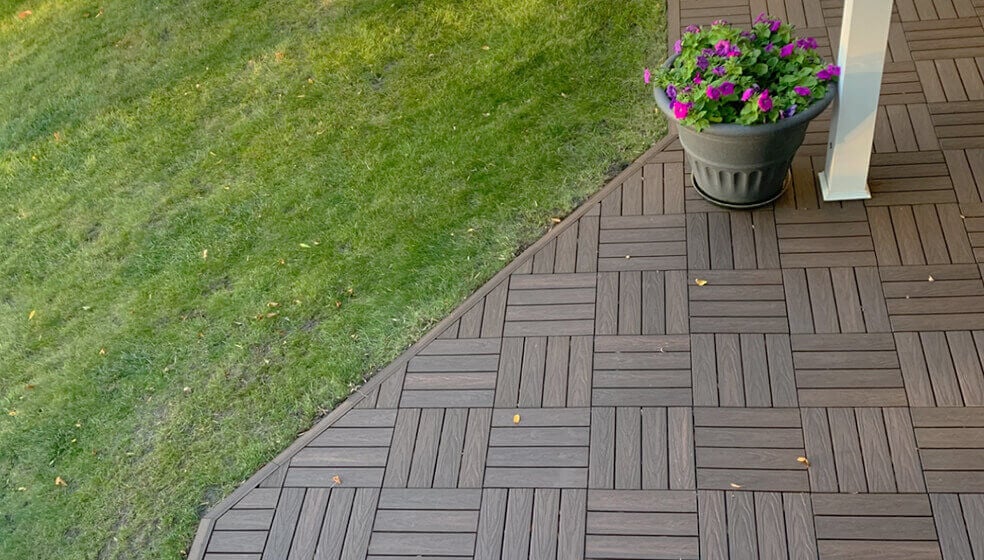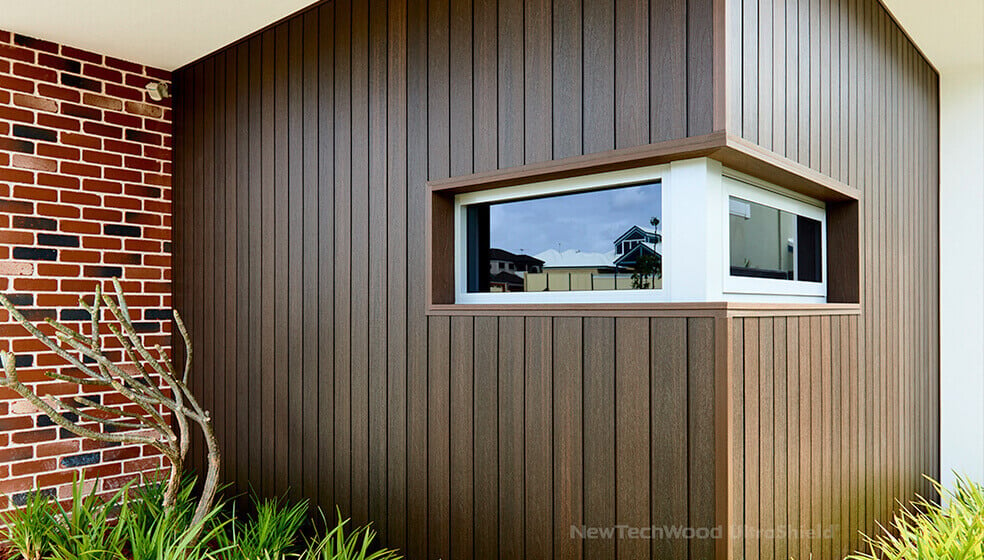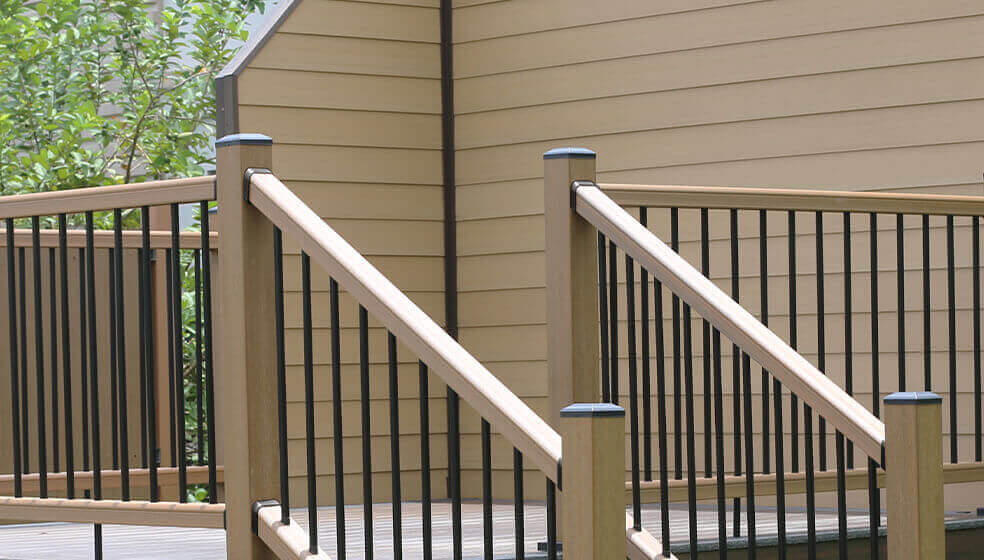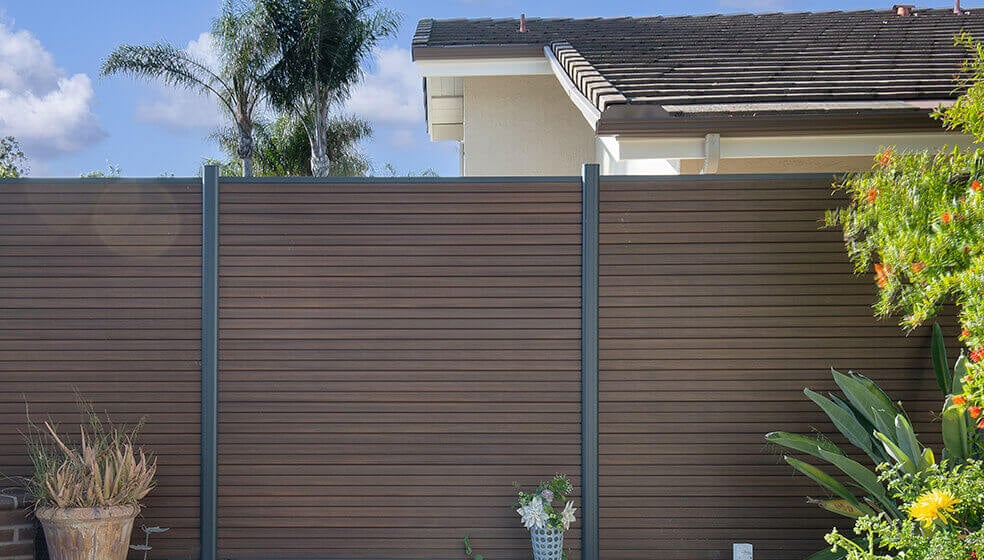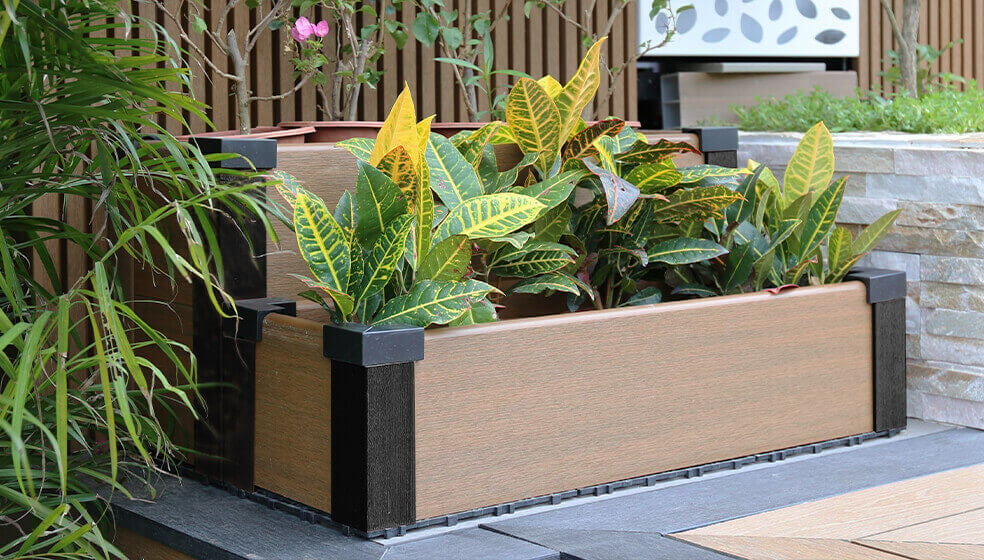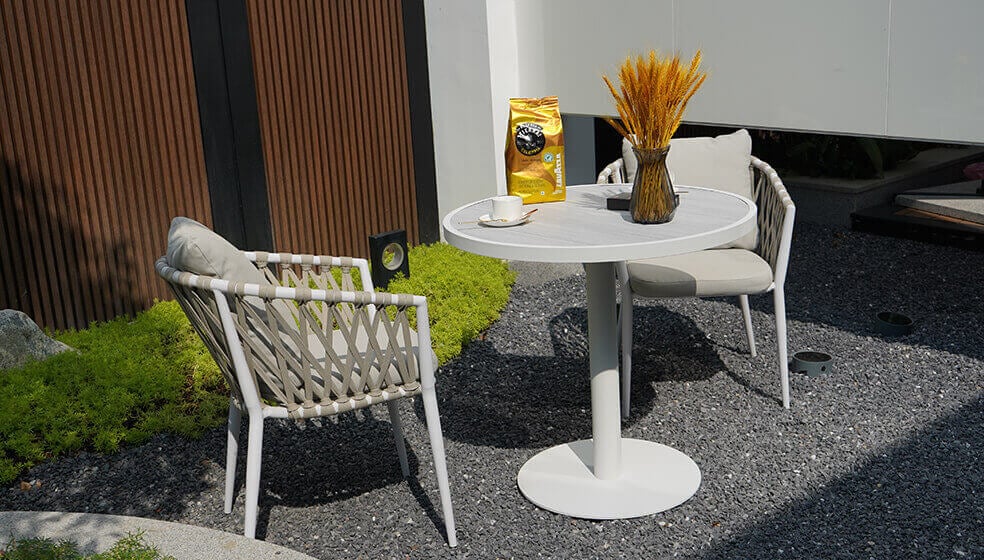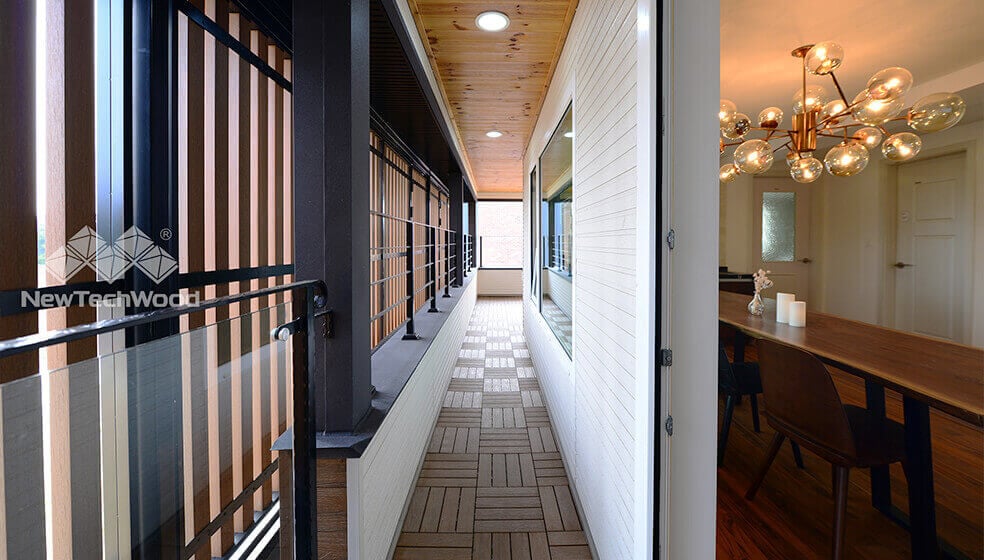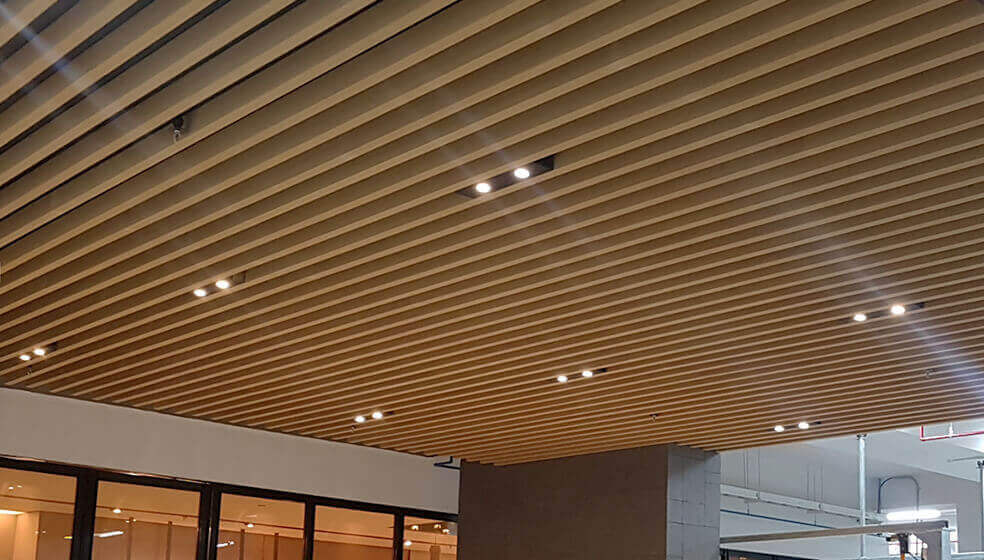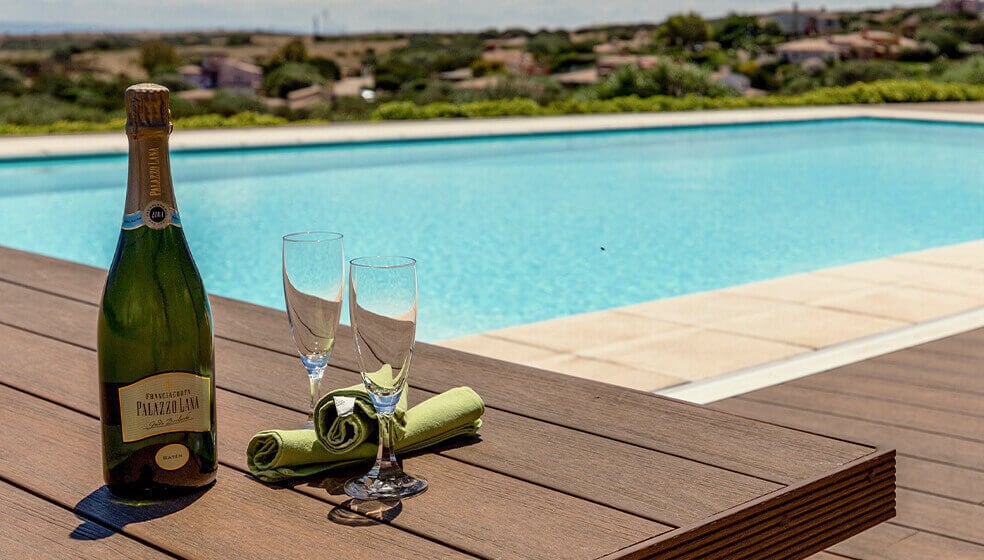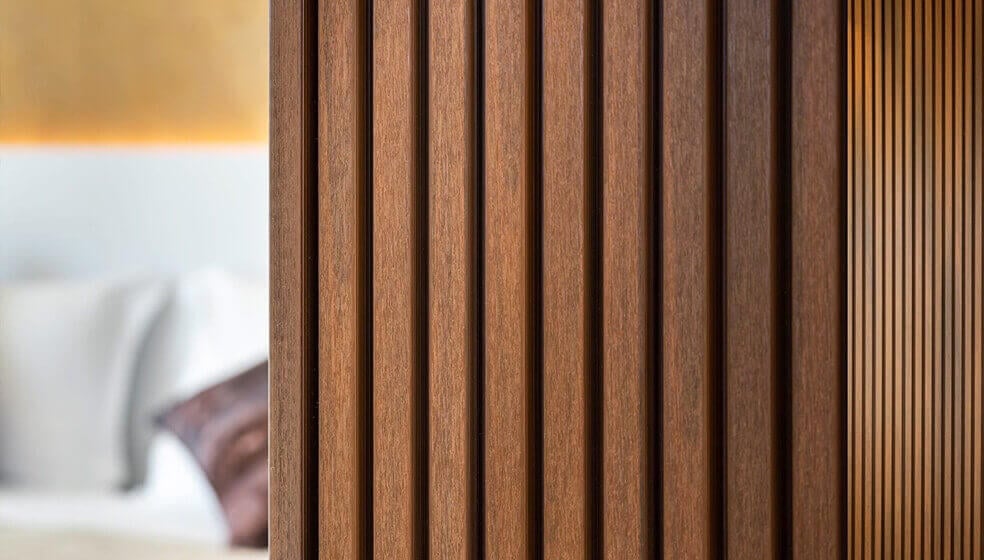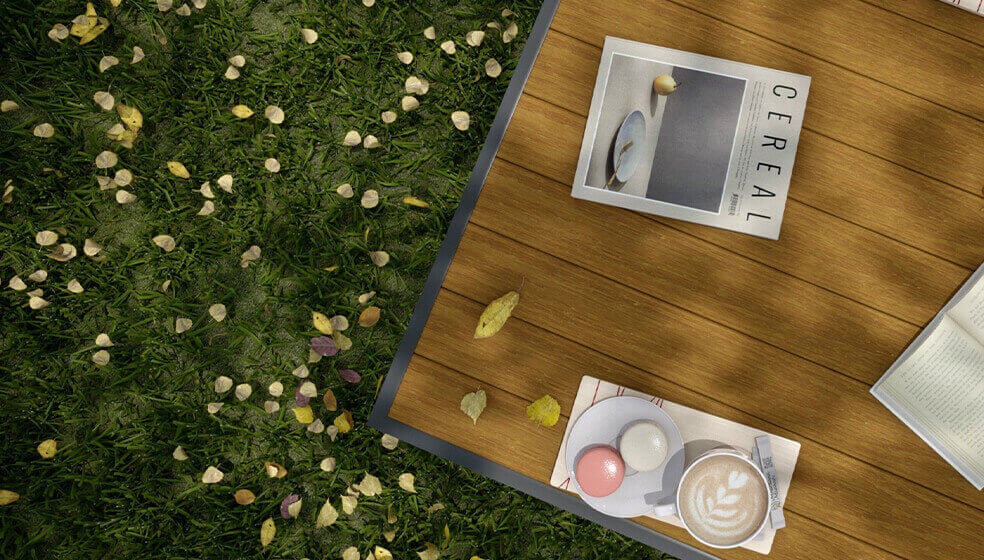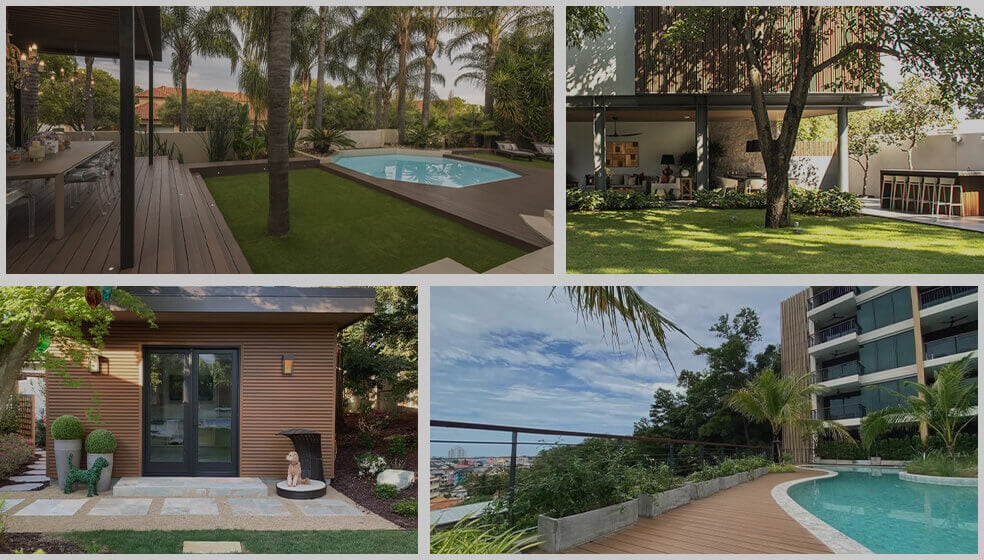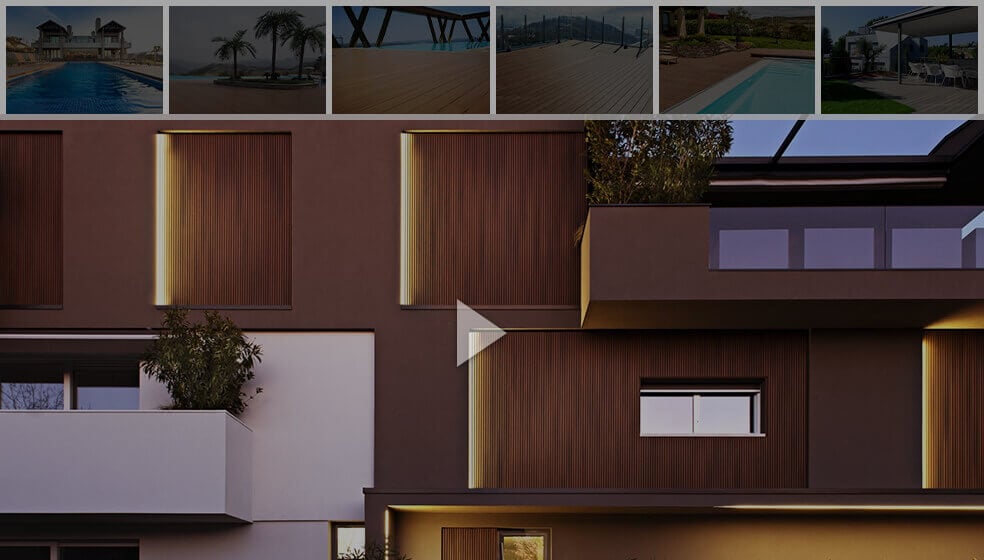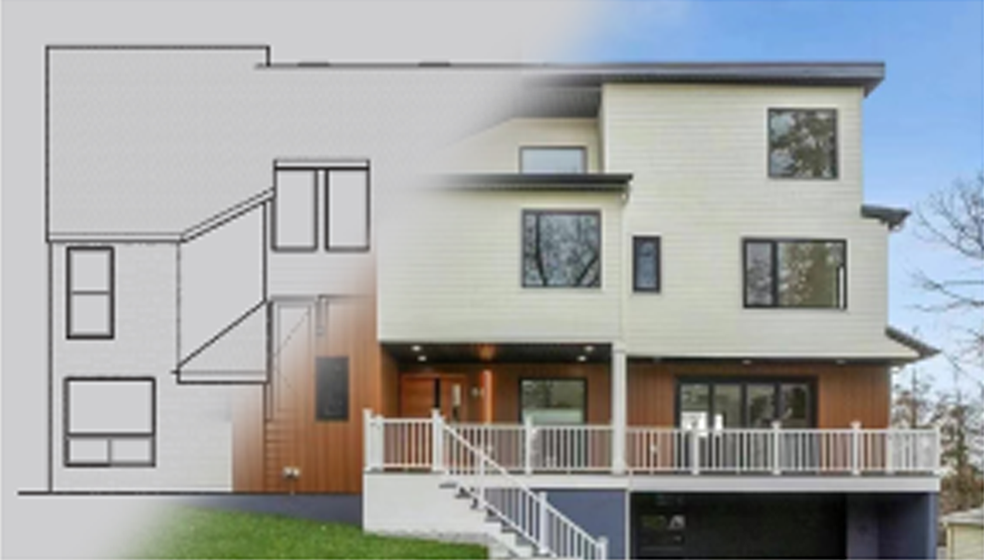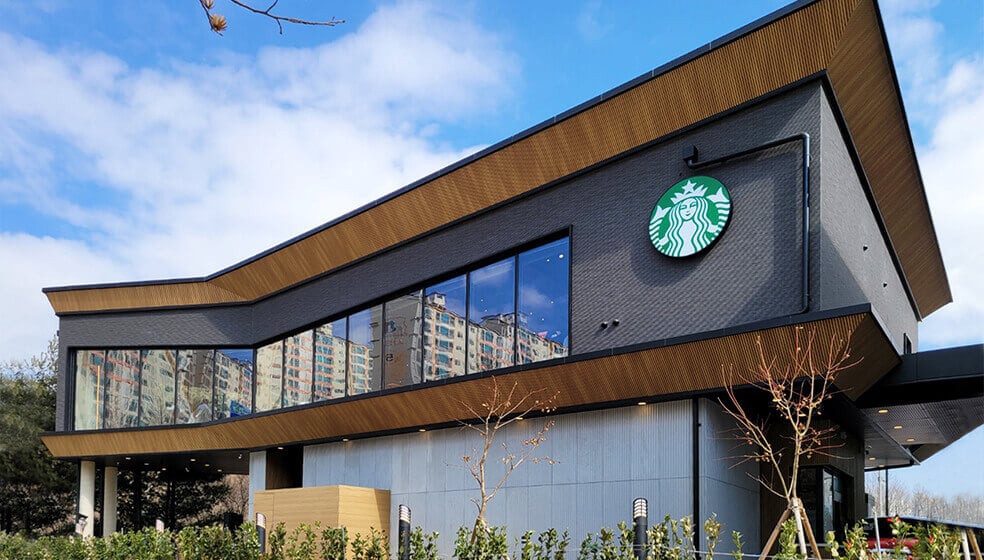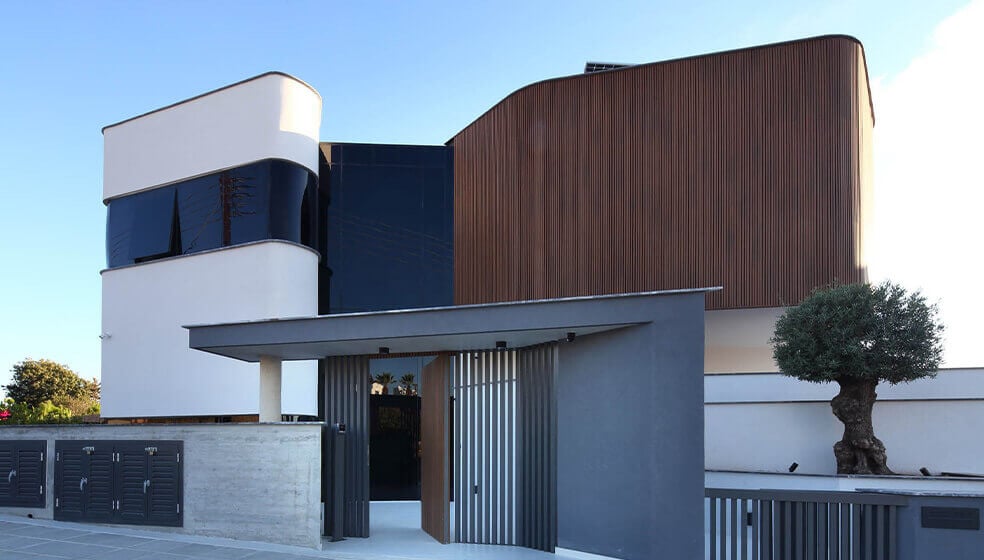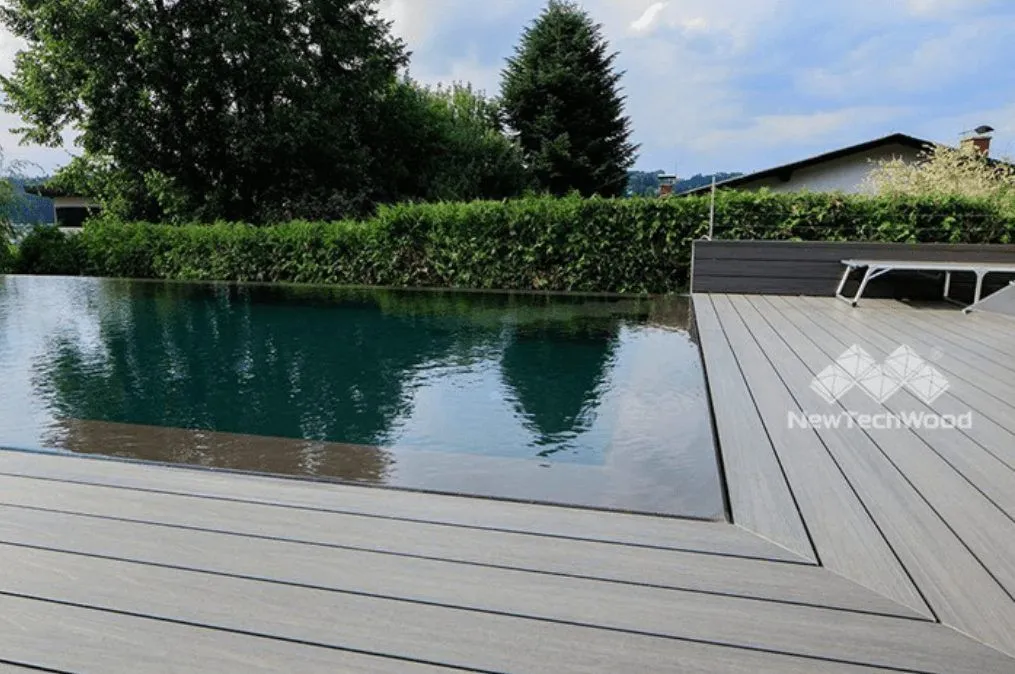

Pressure-treated wood differentiates itself from its untreated cousins with a special process that imbues it with a tougher character – one that’s more resistant to physical damage and moisture.
It’s commonly used to build decks and boardwalks.
During the treatment process, vacuum and pressure technology are used to force chemical preservatives into standard woods like pine, fir, and spruce. This renders it a sturdier wood that is less susceptible to fungal decay, rot, and insects.
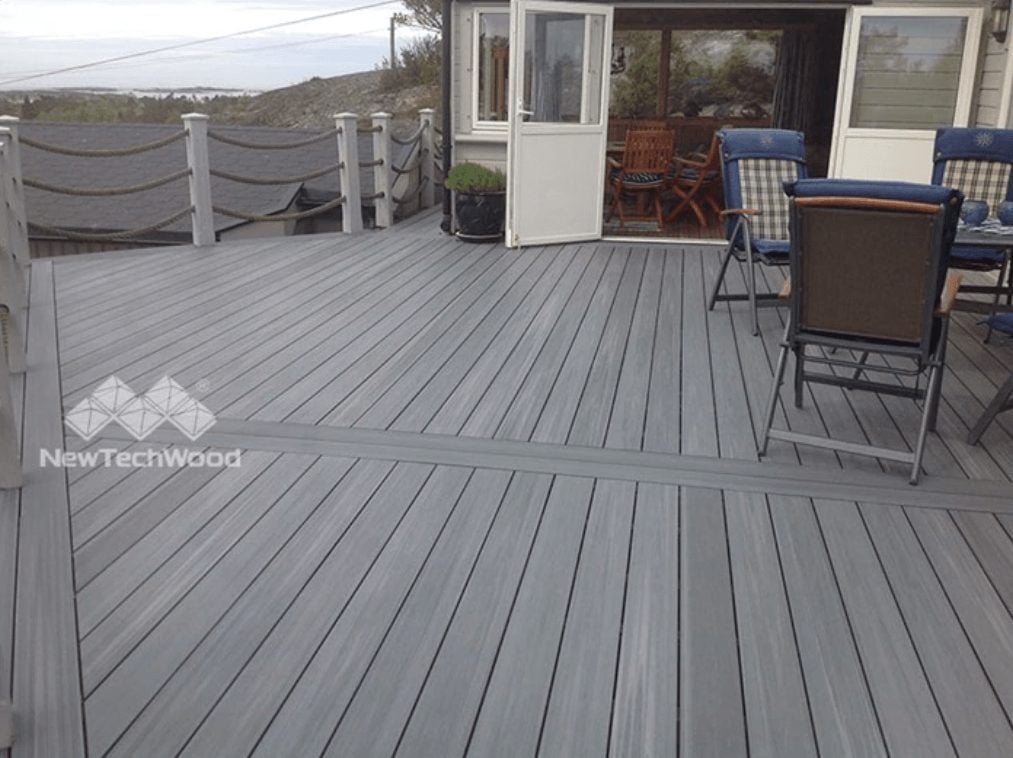
Two of the main reasons why people use pressure-treated wood decking include:
- Durability: It’s more durable than many other types of wood and better-able to resist scratches, dents, and wear. With proper care and maintenance, it can last for several years.
- Affordability: Pressure-treated wood is considerably cheaper than other types of wood used for decking.
Just How Costly is Pressured-Treated Wood Decking
Even though pressure-treated wood decking is cheaper to buy and install, you may spend more money on its care and maintenance in the long run. Here’s why:

1. Splintering, Cracking, and Warping Equals High Maintenance
After the chemical infusion process, pressure-treated wood retains some moisture. When used for decking, the wood gets exposed to the sun and air, the moisture starts to evaporate. Shrinking and warping soon follow, and you’ll have yourself an ugly deck. Some decking professionals recommend application of a sealant to prevent this.
However, staining should not be done for at least one or two months because the pressure-treated wood won’t accept stain properly if it’s not dried out completely. If you have to wait for that long, you will need to give your deck a thorough clean before sealing it.
These are more chores to your already busy schedule each and every year.
2. Chemical Risks and Health Hazards
If not handled properly, pressure-treated wood decking can be hazardous. When the lumber is trimmed or burned, it releases harmful toxins into the environment. It should not come into contact with your food and water, or used for gardens.

When working with pressure-treated wood, ensure that you:
- Work in a well-ventilated area.
- Wear a respiratory mask, safety gloves, and goggles.
- Clean up all the sawdust.
- Thoroughly wash your clothes.
- Take a shower (not a bath).
And if you’re disposing of this type of wood, you should treat it like a potentially hazardous material. Take it to a recycling plant or hire a professional who’ll properly dispose of it. Don’t bury pressure-treated wood!
Capped Composite Decking vs. Pressure-Treated Wood Decking


When building a deck, there are so many compelling reasons to choose NewTechWood capped composite decking over wood. Our capped composite decking reflects wood’s natural beauty and it’s much easier to maintain and lasts even longer while not having a negative impact on the environment due to us thinking green.
NewTechWood decking is also scratch-resistant, stain-resistant, fade resistant as well as waterproof. Our capped composite decking beats pressure-treated wood decking any time, any day!



